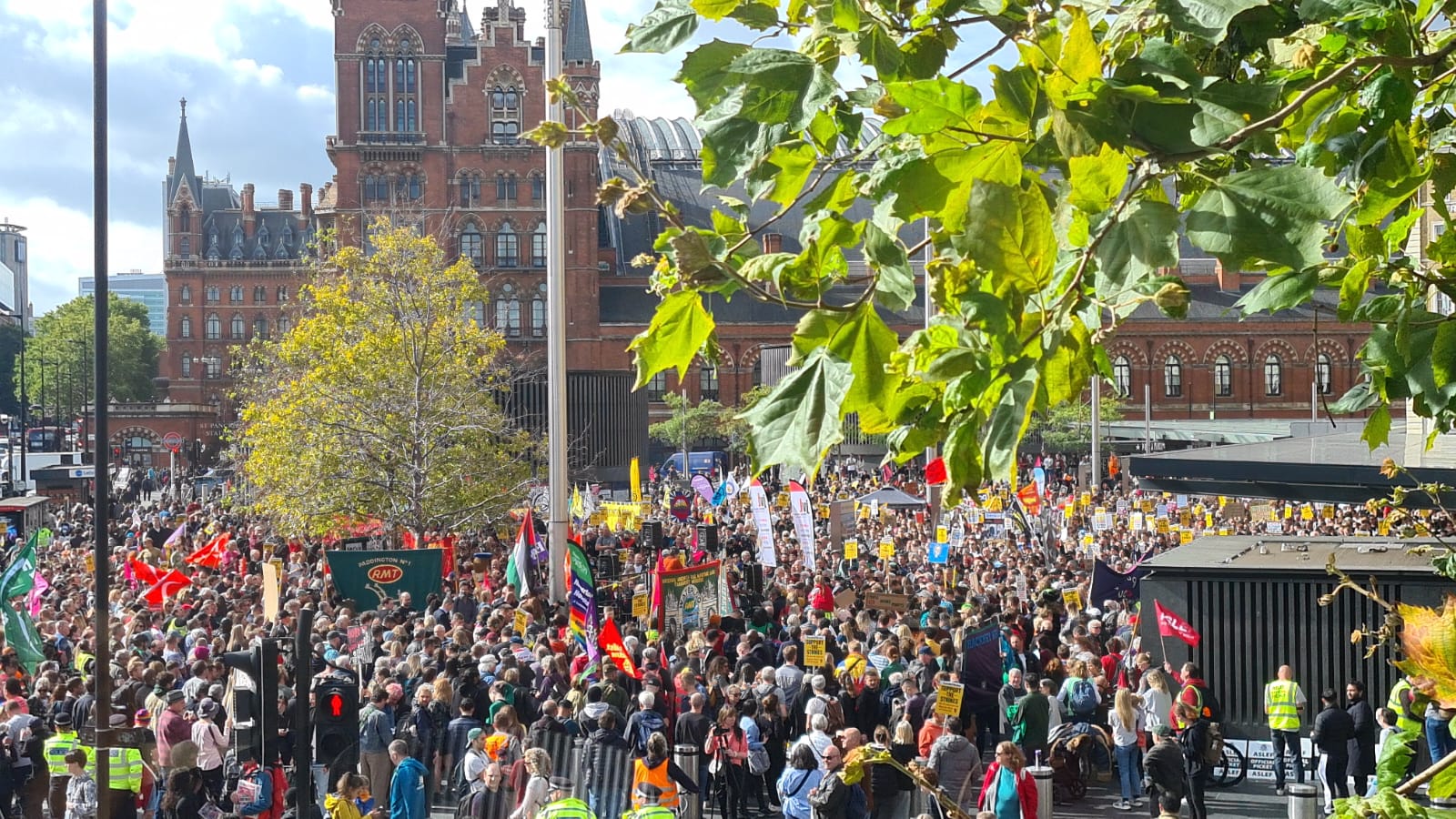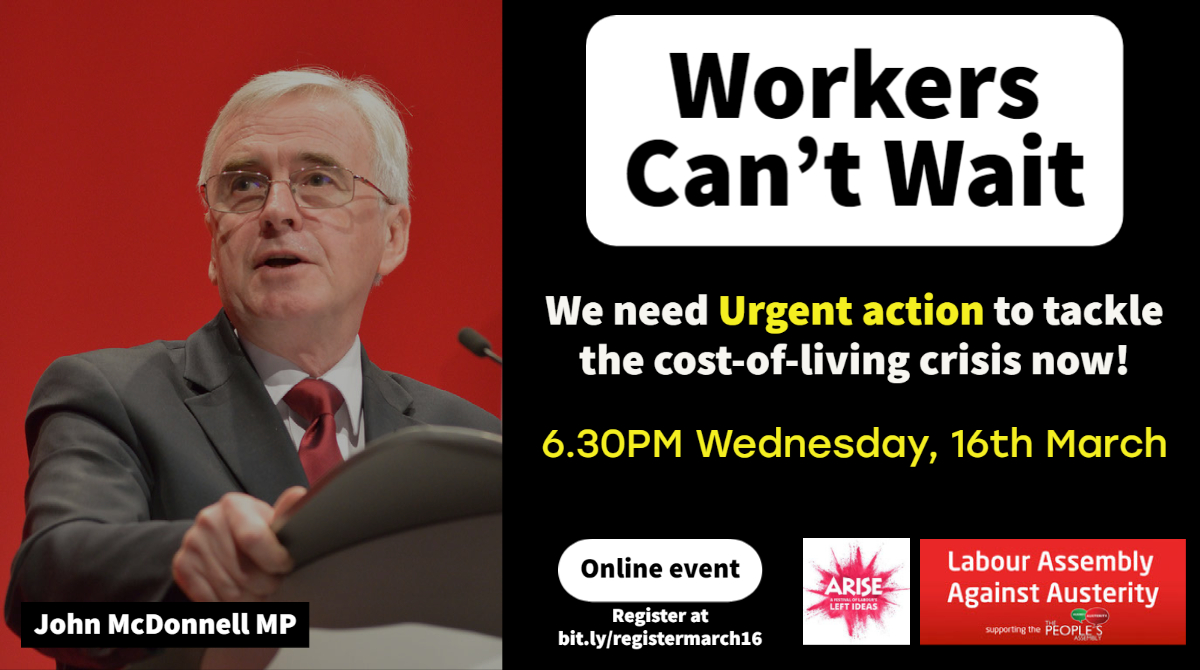Cuts in public spending announced in George Osborne’s Austerity Autumn Statement will permanently embed austerity in the economy in order to shrink the size of the state.
Around 60% of cuts set out since 2010 are still to be made, shrinking public spending to levels not since the 1930s and undoing the gains of the 1945 Labour Government, as the poorest in society are hit by cuts to pay, pensions and job posts with further reductions in social security spending.
Economists on the left have argued the OBR ‘consistently paints a favourable picture of the outcome of all government policies’ and that the level of austerity in the next five years will be much worse than the last five.
The devil in the detail of Osborne’s austerity drive, have been laid bare.
James Meadway at the New Economics Foundation, wrote, ‘The government’s own forecasts expect average real wages to continue to fall until 2017. Using the older Retail Prices Index (RPI) measure of inflation, the OBR does not expect average real wages to improve for another two years – despite continued economic growth’. He also wrote on tax and benefit changes that, ‘for the poorest one-fifth, that means losing £441 a year.’
Andrew Fisher of LEAP Economics, wrote, ‘Osborne confessed to a two year benefit freeze, an extension of the public sector pay cap until 2019, and a further £10 billion of public sector “efficiencies”, but the OBR also revealed there will be a further one million public sector job cuts.’
Osborne’s failure to carry out his stated goal of reducing the deficit exposes that his priority is an ideological one, to shrink the state, including if this reduces living standards.
David Blanchflower wrote charitably, ‘It remains unclear whether this decline in real wages is part of the Coalition’s long-term economic plan that they claim “is working”’ while Richard Murphy put it more bluntly when he wrote Osborne, ‘hates the state and its intervention in markets even when that intervention is designed to correct market failure to the benefit of everybody in a society’.
On the threat of permanent austerity, ‘Osborne is even planning a bill to bind the next government to his promises on the deficit’. Which begs the question, what will Labour do? Aditya Chakrabortty argues both Tories and Labour will re-run the 2010 election campaign in a narrow framework of ‘how much austerity does Britain need?’ This would be disastrous for Labour and for voters living standards.
The Labour leadership has continued to attack the reduction in living standards but has yet to set out a clear alternative to austerity. As we have said before, the cost of living crisis is inextricably linked to austerity.
Proposals to scrap the bedroom tax, re-introduce a higher rate income tax, and reverse of health reforms are positive steps, but they do not approach the scale of the Tories assault on the public sector. Labour needs to rule out further spending cuts and fight the shrinking of the state by championing the economic and social benefits of pay rises, public ownership and public investment.
Will Hutton has set out his stall in The Guardian, writing, ‘what we need is a stronger state and more taxation’ while Michael Burke at Socialist Economic Bulletin has set out the levers an interventionist government can use to reverse falling investment.
A Labour government should finance new infrastructure spending through directing publicly owned banks to invest. It should end the criminal waste of money that is the PFI. It should reverse the Tories regressive tax measures and crack down on corporate tax avoidance to close the tax gap.
And the electorate needs to know what it will get back from a pro-investment, pro-public services agenda.
Labour should turn ‘help to buy’ into ‘help to build’ and provide the money for a public house building programme. Labour should champion public ownership and take unpopular private rail franchises and utility companies back into the public sector. And Labour should legislate to guarantee for a Living Wage for all.
And all of this would be popular with the public. Polling repeatedly shows that voters – even Conservative voters – back public ownership of energy and rail, while Labour’s support grew following the announcement in September 2013 that it would freeze energy bills.
Take on Osborne’s austerity, connect with a public mood, and offer real change for voters through investment not cuts. This is the message Labour needs to win in May.



0 Comments